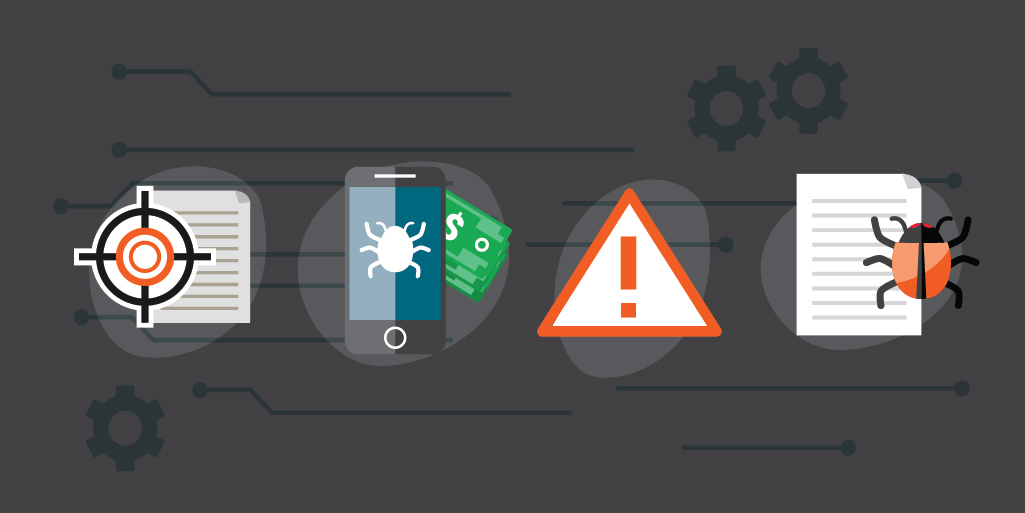
Threat hunting involves proactively seeking out cyber threats that may have slipped into your network. If a cyber crook slips past your defenses and finds a seat inside your network, they can quietly collect data or obtain elevated permissions in order to move laterally across your infrastructure. The attacker could be present in the network for a period of time, undetected, and cause immense damage and loss. That is why it is important to be proactive and respond to any potential attacks. There are many tools available on the market to assist with threat hunting. Using proactive steps, you can stay alert and ward off the threats.
There is a three step framework for threat hunting.
Step 1: Trigger
Step 2: Investigation
Step 3: Resolution
The trigger can lead the threat hunter to specific systems when malicious activities are suspected. Next, moving into the investigation stage, the hunter will actively seek the threat that has the qualities associated with the trigger. The use of endpoint detection tools can assist with identification. If malicious behavior is identified, the resolution phase will involve mitigation strategies.
Threat hunting analysis will involve a combination of manual and automated processes. The use of firewall logs and alerts, antivirus solutions and endpoint protection can assist with monitoring and identification. It is essential that organizations document and know what normal operations look like. This will make it easier to recognize anomalies within the network and zero in the investigation.
The cybersecurity landscape is constantly changing. Protection strategies can be put into place for known threats. But it is the unknown threats that are potentially dangerous to your environment. Having manual and machine learning processes in place can assist with protection. The preparation to secure your environment is an approach that will prevent you from chasing after false positives and steer you into a clear, well-defined direction to help avoid the snipe hunt.
